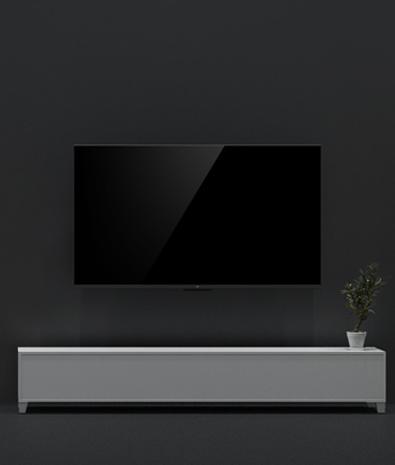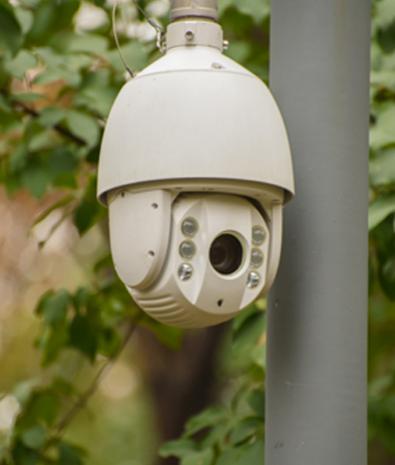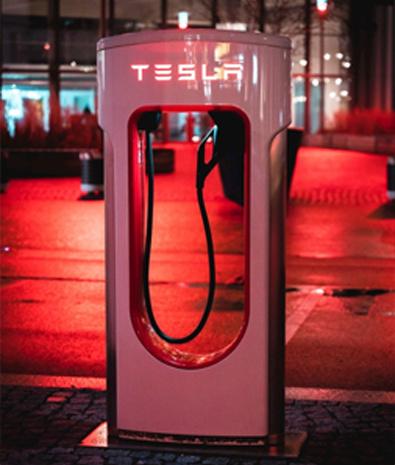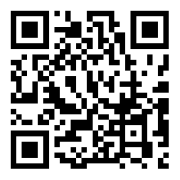Application
Wearable devices are portable devices that are worn directly on the body or integrated into users' clothing or accessories. Wearable devices are not just hardware devices, but also provide powerful functionality through software support, data interaction, and cloud interaction. Wearable devices will bring significant changes to our lives and perceptions.
According to IDC data, global wearable device shipments increased from 290 million units in 2014 to 534 million units in 2021, and are expected to reach 637 million units by 2024. The global wearable technology market size is expected to grow from $116.2 billion in 2021 to $265.4 billion in 2026, with a compound annual growth rate of 18%.
By China Economic And Industry Research Institute
(www.huaon.com)
Smartwatches are watches with information processing capabilities that meet the basic technical requirements of watches. In addition to displaying time, they should also have one or more functions such as reminders, navigation, calibration, monitoring, and interaction. Display modes include pointers, numbers, and images. At present, the compound annual growth rate of wearable devices, consisting of smartwatches and basic watches, is the highest. The global smartwatch market shipments increased rapidly from 21 million units in 2016 to 128 million units in 2021, with an annual compound growth rate of 43.55%.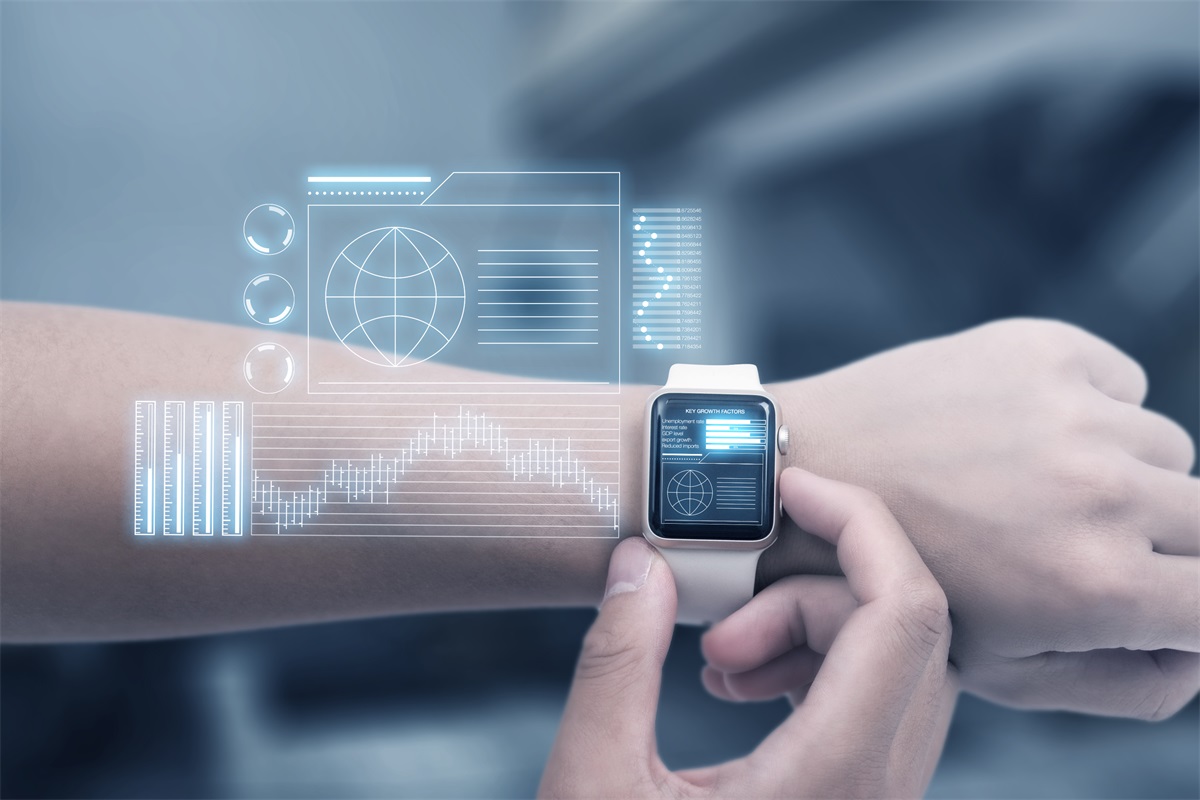
Smart headphones have built-in intelligent systems and use Bluetooth technology as the transmission method. They are equipped with applications that connect to smartphones and other mobile terminals, enabling the expansion of various application functions. With Bluetooth technology, they can wirelessly transmit data and have functions such as answering phone calls and remote control photography. With the advancement of technology, the functions of smart headphones continue to expand, such as intelligent sports tracking, heart rate detection, GPS navigation, and the market size continues to grow. Data shows that in 2021, global smart headphone shipments were approximately 500 million units, an increase of 70 million units compared to 2020, with a year-on-year growth of 16.3%.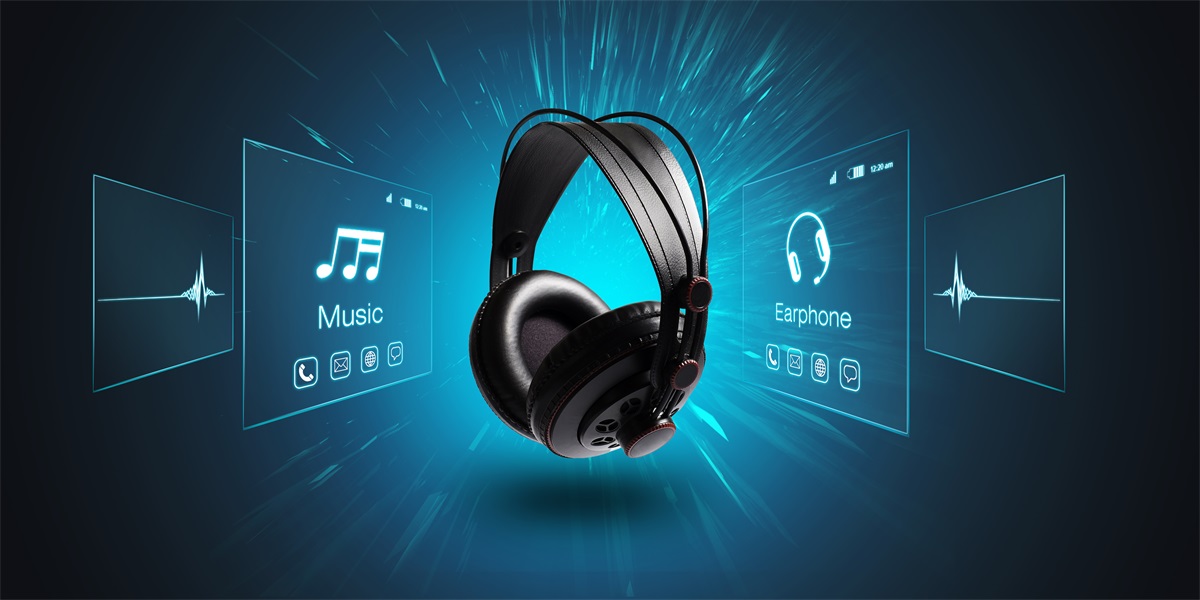
The wearable device industry has ample room for development. As the demand for intelligence and functional integration of wearable devices increases, the number of additional electronic components also grows. While improving functionality, wearable devices are becoming more lightweight and portable, and the core components of corresponding products will become more sophisticated and complex.
PC and PC/ABS products continue to be applied in the wearable device field, providing customers with diverse choices and product experiences, receiving consistent praise from customers
